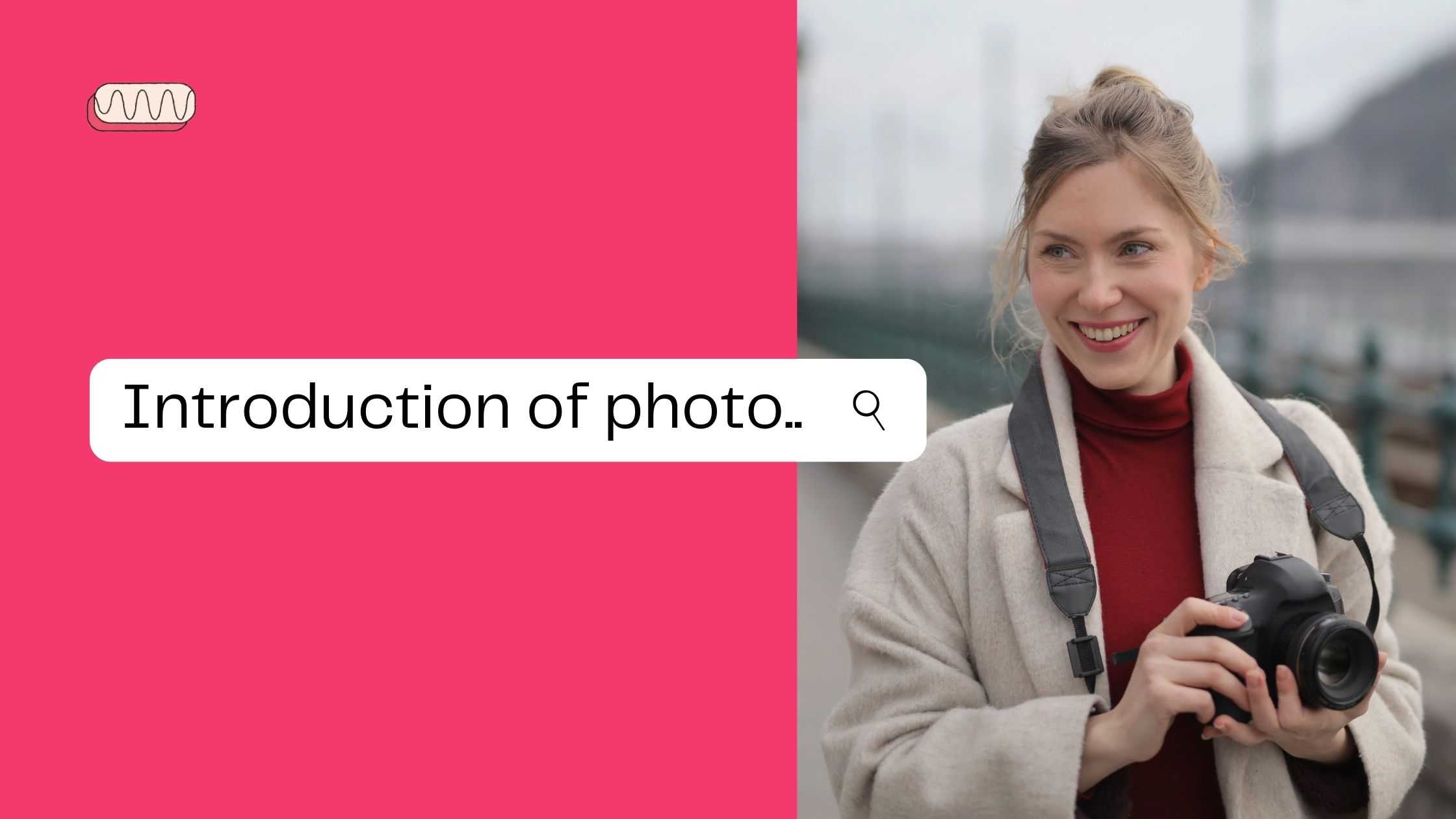I. Introduction of Photo Retouching
Photo retouching is an artistic and technical process used to create a desired visual appearance in a digital image. A photo retoucher uses various techniques to improve a photograph, such as color correction, image manipulation, image flipping, and other image manipulations. These techniques are used to improve the aesthetic quality of a photograph by eliminating blemishes, correcting colors, and adding visual effects.

A. Definition of Photo Retouching
Photo retouching is the process of adjusting and manipulating digital images in order to make them appear more visually attractive and visually consistent. This could include anything from color correction and sharpening, to the removal of blemishes and the addition of special effects. Professional photo retouching services use a variety of techniques and tools in order to create the desired effect. Some of the more common techniques used in photo retouching include digital airbrushing, layering, masking, and cloning.
B. Reasons to Invest In Professional Photo Retouching Services
Investing in professional photo retouching services can be beneficial for many reasons. Professional photo retouchers can enhance the overall look and feel of a digital image. They can improve colors, reduce the visibility of blemishes, and maximize the contrast of a photo. Additionally, professional retouchers are adept at achieving a specific look and feel for a photograph, customized to the individual’s tastes and needs. They have the expertise to provide quality output quickly and accurately, as well as providing creative input to bring out the optimal potential of a photograph. Finally, hiring a professional photo retoucher can make the process easier and more efficient; the retoucher will be familiar with the specific tools, techniques, and equipment used in photo retouching, allowing them to complete the job quickly and effectively.
II. Benefits of Photo Retouching

- Enhance Your Image Quality: Through photo retouching, it is possible to improve the overall quality of an image. This involves adjusting the saturation, color balance and sharpening the image to create a more vibrant and appealing shot. For example, if you're photographing a landscape and the sky is too plain and washed out, photo retouching can help to bring out more detail and color in the clouds. Additionally, photo retouching can help to correct and remove any blemishes that may appear in the photo.
- Remove Unwanted Objects and Textures: Photo retouching can also be used to remove any unwanted objects or features in a photo. For instance, if you have snapped a picture of some scenery and there is an unwanted piece of debris in the background, removing it through photo retouching techniques can help to bring the photo back to its original glory. Additionally, photo retouching techniques can help remove any unwanted textures in a photo, thereby creating a more even and appealing result.
- Improve Contrast and Brightness: Photo retouching can help improve contrast and brightness of an image, resulting in a more vivid, vibrant and professional looking shot. This can be achieved by either increasing or decreasing the brightness and contrast levels of the image as needed. Additionally, photo retouching can also be used to bring out more subtle details in an image.
- Create Natural Effects: Photo retouching can also be used to create natural effects in a photo, such as blurring backgrounds and adding depth of field. This can be extremely effective for creating evocative shots that draw the viewer's attention, creating a professional looking end result. Additionally, photo retouching can be used to create creative effects like light leaks, vignetting and color grading.
III. Tips On How To Use Photo Retouching
- Learning how to manipulate colors, such as exposure and white balance, is a fundamental skill in photo retouching. When you have the power to adjust and change colors, you can really bring the image’s vibrancy to life. You can create a specific mood or emphasize a certain element in the photo. Just be careful not to overdo it.
- Clipping path edits can be a useful tool when you want to make a certain area of an image stand out. However, these edits should always be used in moderation as they can quickly draw attention away from the other elements of your photo. You should also make sure that your clipping paths are accurate and fit in with the overall aesthetic of your photo.
- Just as with color manipulation, applying the right filter to your image can greatly enhance it. But it’s important to choose the filter that fits the image and your desired outcome. Don’t just apply any filter randomly; instead, think about what kind of look or feel you’re going for and determine if a filter will actually help to achieve that.
- Retouching can also be used to add texture to your photo, whether it’s by creating a light or dark vignette or bringing out details in an image. You don’t have to limit yourself to conventional methods such as dodging and burning; you can experiment with the many tools and effects available in the editing software of your choice to create a polished and professional-looking image.
IV. Conclusion
A. Final Thoughts on the Benefits of Photo Retouching
Photo retouching is a powerful tool that can be used to significantly improve an image and add visual interest. It can help to make an otherwise dull photo come alive with a range of adjustments and effects, layers, and color correction. Photo retouching can be used to correct errors in an image or add a creative touch, creating a truly standout photo. By combining the art of photography with a range of advanced techniques, photo retouching can provide unexpected results and help bring any image to its full potential.
B. Additional Resources for Further Education on Photo Retouching
Many resources are available for further learning on photo retouching. These include online tutorials, photography magazines, and books. Additionally, web based forums and discussion groups can be invaluable in getting feedback on techniques and ideas. Learning the fundamentals of photo retouching, developing a feel for the craft, and experimenting with different techniques can help improve one’s skills and help take a photographer’s visions to the next level.



